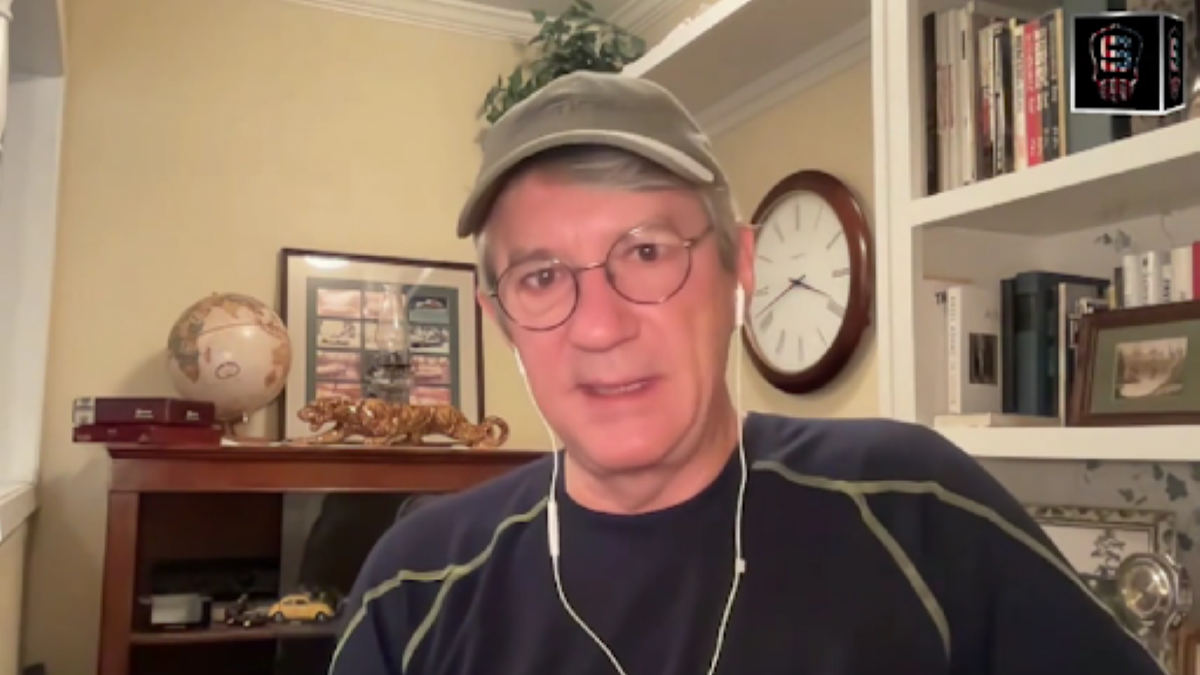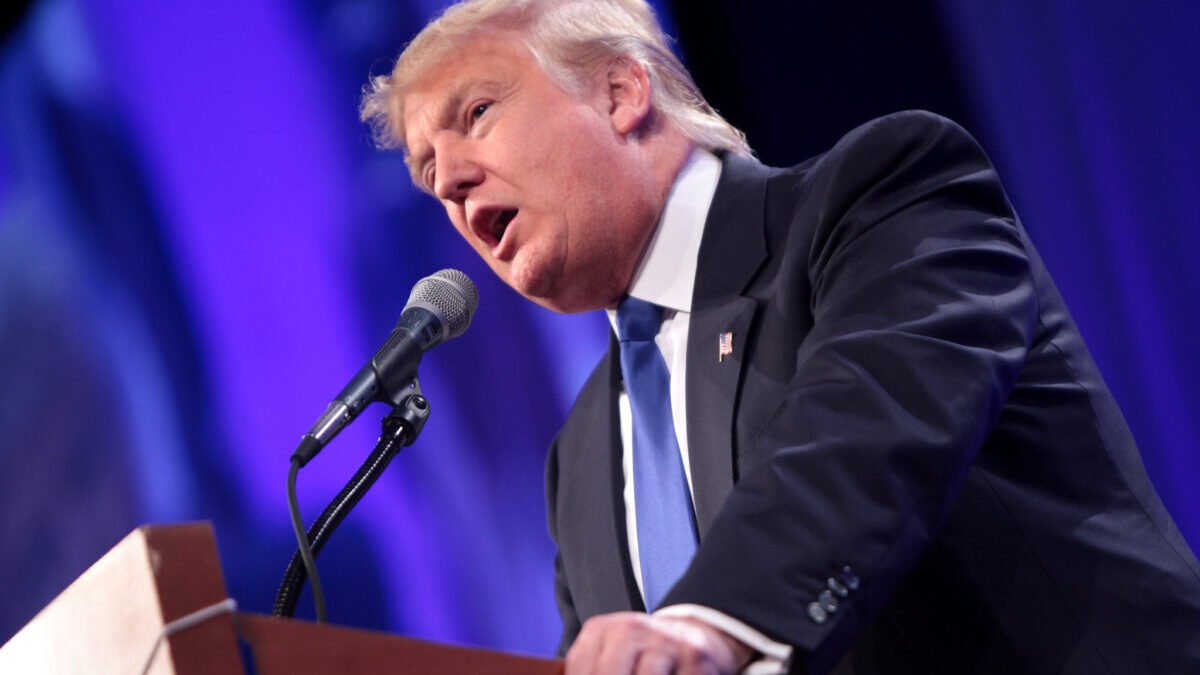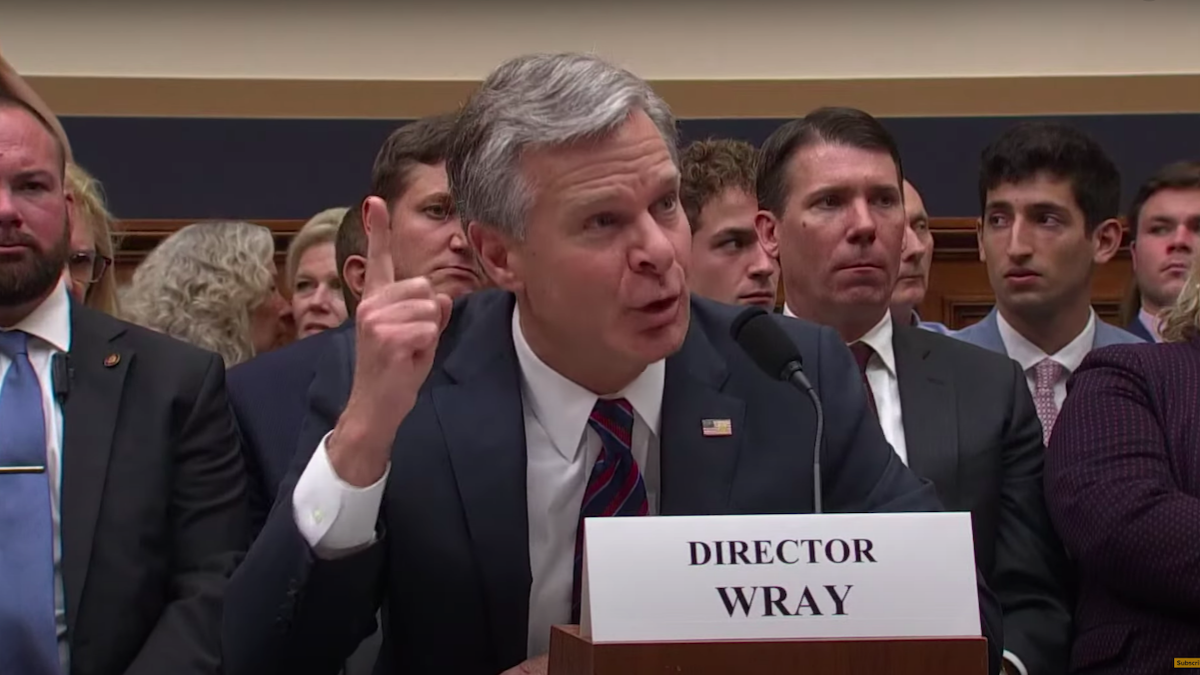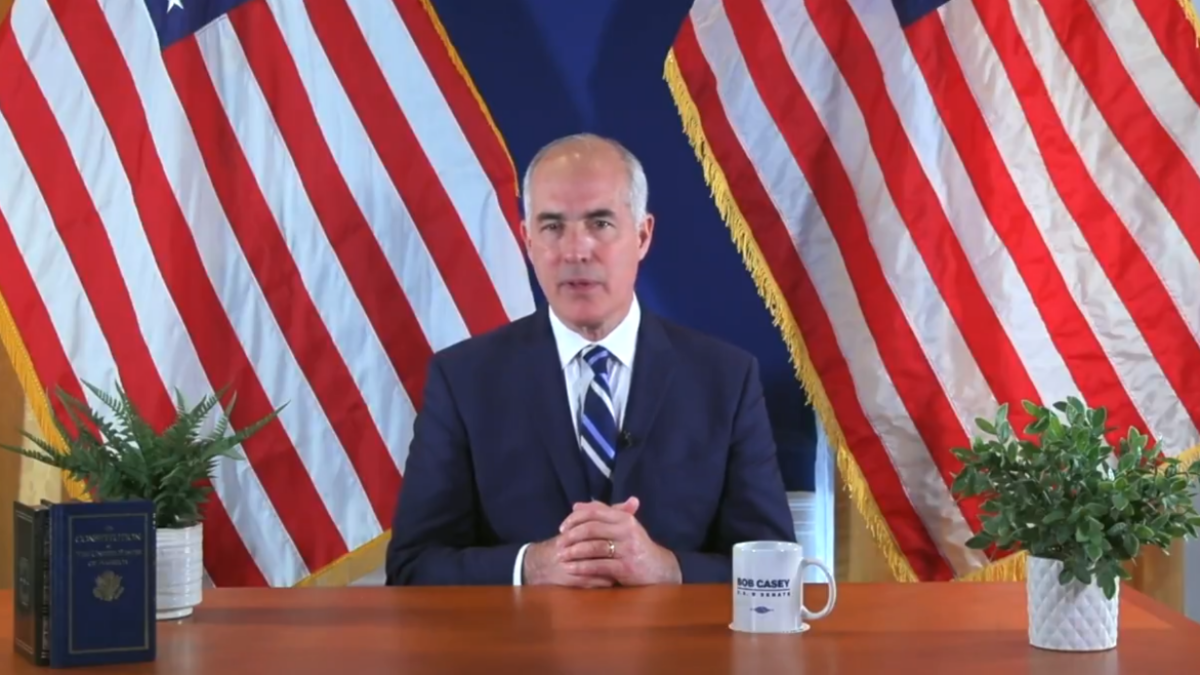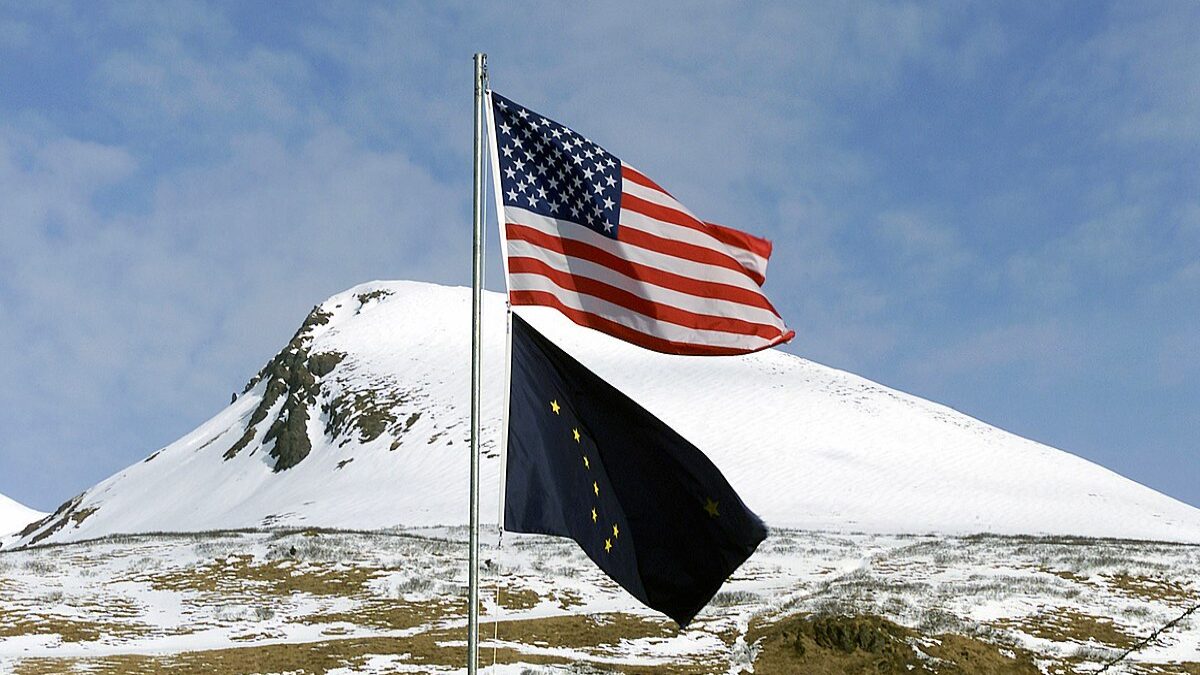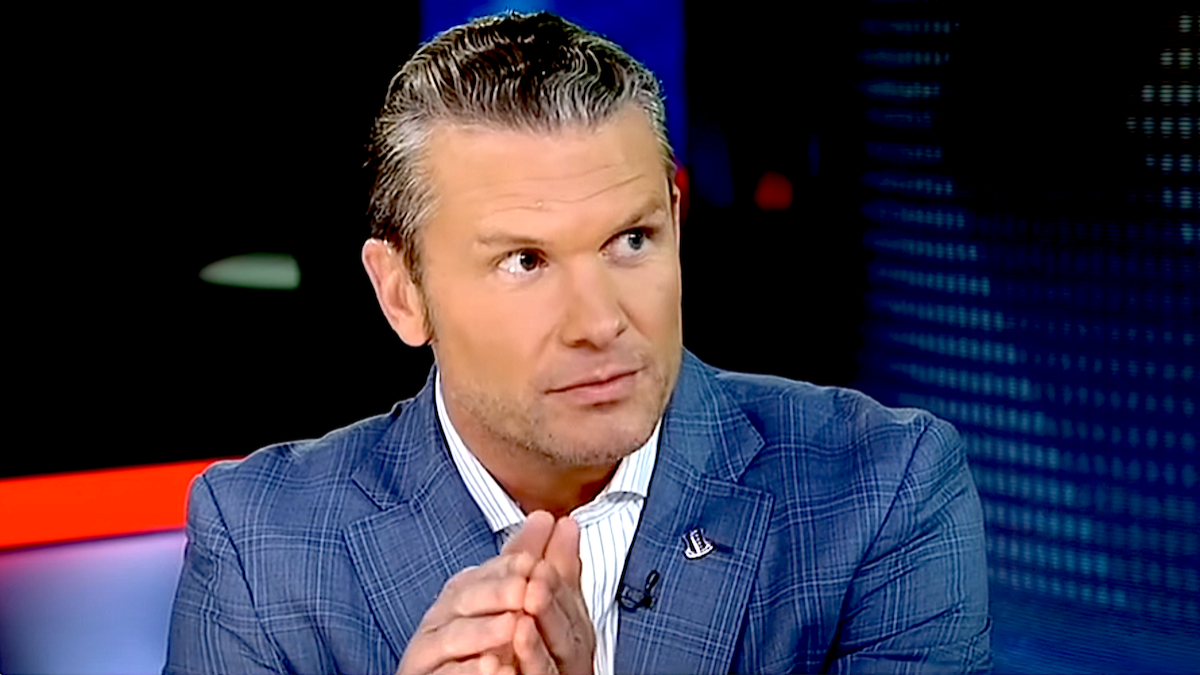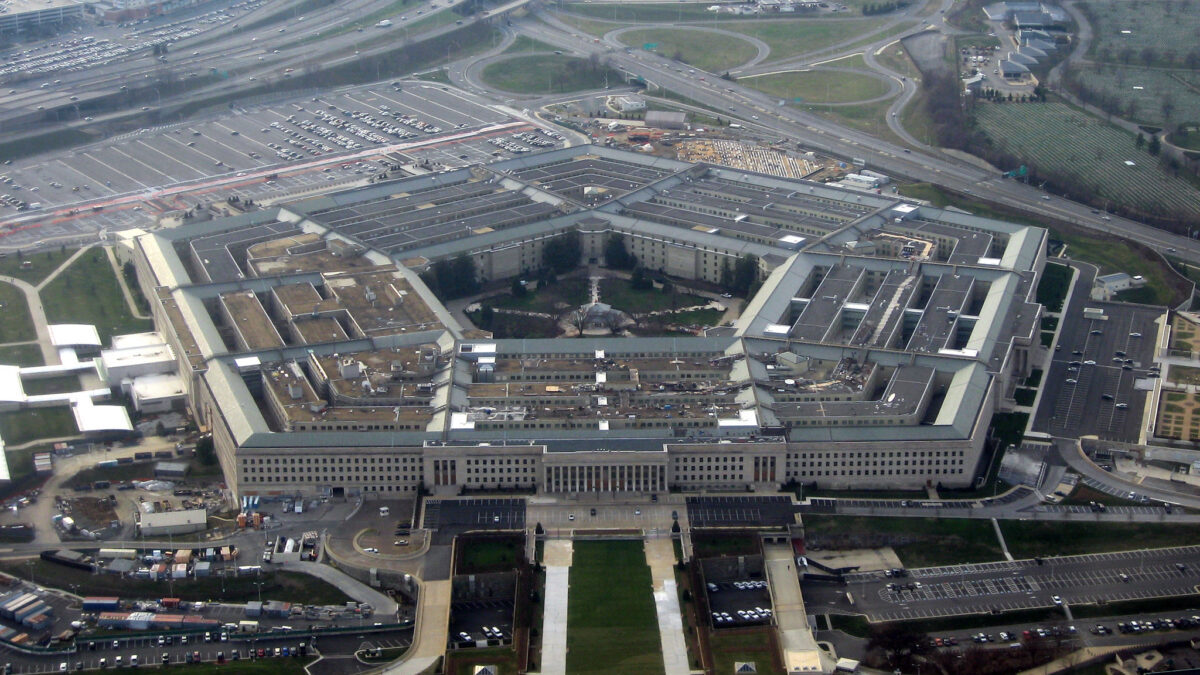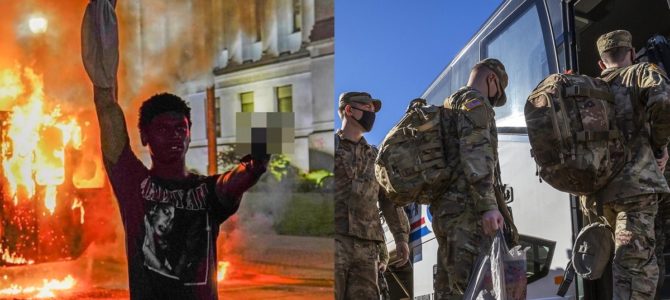
WASHINGTON — For six months, President Donald Trump pushed for a harsher crackdown on the riots raging across the United States, facing constant pushback from officials worried that would further inflame the chaos and lead to needless death. As Joe Biden takes the oath of office and Trump exits Washington, the outgoing president’s dream is finally realized — ironically, too late to change a thing.
Over the past week, somewhere between 15 and 25,000 troops have taken to the streets of Washington. Together with the police, they have formed an approximately 11-mile perimeter around the president-elect and members of Congress, even blockading the bridges to Virginia (although it’s unclear what happens if the rebel army takes the open roads from Maryland). Checkpoints are manned, guardsmen are vetted, and panicked “insurrection” disinformation is bandied about the corporate media like so many sparkles in the wind.
This is what a state of emergency looks like. Except when it isn’t.
This is not what it looked like in the streets of Kenosha, where rioters terrorized residents and business owners for four straight nights. Nor is it what it looked like in the streets of Chicago, where police drew up the bridges to the once-glittering Magnificent Mile.
Twenty-five thousand troops did not descend on St. Louis, where four policemen were wounded and retired Police Chief David Dorn was gunned down. Little help came for the 140 federal officers who were injured while the federal courthouse was besieged in Portland, Oregon.
The ironies of Inauguration Day’s show of force stack high. Speaker of the House Nancy Pelosi, for example, thanked Guardsmen for their “commitment to our American democracy” during a recent photo-op — just six months after she called called federal agents fighting the courthouse riots “unidentified stormtroopers” whose deployment shamed “a democratic republic.”
When it’s your community vs. when it’s their community pic.twitter.com/A9EmbCz9YX
— Daily Caller (@DailyCaller) January 16, 2021
The New York Times reported unblinkingly on the number of Guardsmen in the Capitol just eight months after Editorial Page Director James Bennet and his deputy were forced to resign for running a senator’s call to “send in the military” to restore order.
The most striking of all ironies, however, is the one befalling our outgoing president. Unable to convince his deputies to clamp down on disorder while in power, he now leaves a city occupied to cheers in honor of his successor (and his successor’s Army).
Law and order is an issue Trump campaigned on. The elites, he told voters, have walls and security yet seek to take guns and police protection away from the citizenry. He was right. Yet since late May, America has been subjected to images of burning cities and besieged federal officers while accusations of fascism blow forth like bubbles from media and Democratic microphones. Law and order, it seems, this administration was not.
The long fight between Trump, who demanded a muscular federal response to the unrest, and his top advisers, led by Attorney General Bill Barr, is documented in a Monday article by Johnathan Swan:
From his seat behind the Resolute Desk, an agitated Trump told Barr to go and do something, and to do it right away — make an announcement, send in the troops, something. Just go in and resolve it, the president ordered. He wanted a devastating and provocative show of strength.
Barr disagreed. He thought the heat in the protests was gradually easing. He explained law enforcement strategy and his opinion that military intervention would backfire. Federal investigators were already hunting for the ringleaders in the protests.
Barr was mainly concerned the troops would have two choices: act (and people might die) or stand down (and authorities would look weak). Neither, he believed, was desirable.
His concerns were not foolish ones. Antifa and Black Lives Matter intentionally provoke authorities, seeing it as win-win for their cause. If no reaction comes, it shows the rioters are in charge. If authorities execute a crackdown, the riot’s leaders bet they can use the crackdown to prove the police are oppressing them; and there’s little doubt deploying force would have led to death.
But when riots go unpunished, violence reigns anyway. Between George Floyd’s death and Election Day, 25 American lives were extinguished in the chaos.
Over those six months, the rioters (or are they insurrectionists now?) attacked the White House, federal courthouses, police stations, a U.S. senator, and a mother trying to drive home with her child, and even killed an eight-year-old. Corporate media did their part, romanticizing it all as a “protest for racial justice.”
All that romance and talk of fascism ended with the Jan. 6 riot, when more than half a year of intensifying political street violence culminated in a right-wing assault on the U.S. Capitol.
While the sergeant at arms and Democratic mayor of D.C. had turned down repeated requests for National Guard reinforcements, they escaped blame for the the Capitol Police’s ineptitude in repelling the deadly riot, and tearful BLM rioters took to the airwaves to talk of how their crime sprees were oppressed while the MAGA rioters were treated with kid gloves. Nevermind the dead woman or the dozens of nationwide arrest warrants issued after Jan. 6 — if the rioters had been black, activists claimed, even more would be dead.
As tens of thousands of soldiers deployed to protect Biden, the media applauded, Pelosi took pictures, and Washington was pleased with itself. This, you see, was an emergency. Finally, things could be normal.
It’s easy to imagine the law-and-order women of the suburbs who abandoned the president’s re-elect in droves nodding along in contented agreement at capital streets cleared of “insurrection.” The Capitol was no mere White House or federal courthouse, no entrepreneur’s life dream or loving grandfather left to bleed out in the street. This was a sacred symbol of America, and Biden will protect it for us.
It’s a pity it took an attack on America’s elites in their own offices to finally get here. The inauguration — and its participants — might look very different if Trump’s orders had been carried out in the first place.


